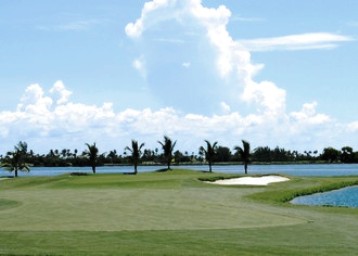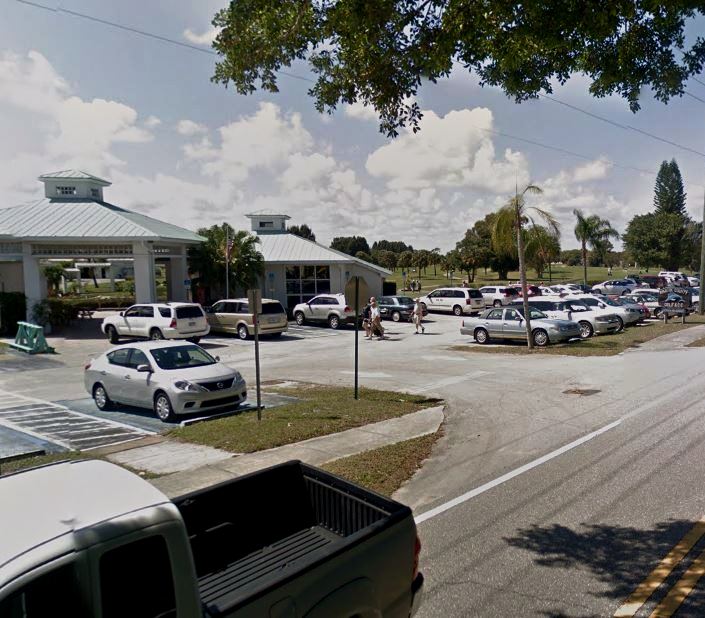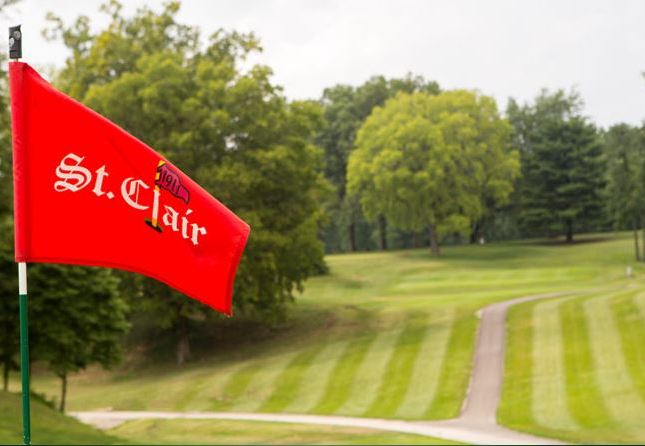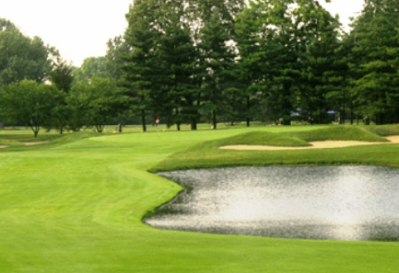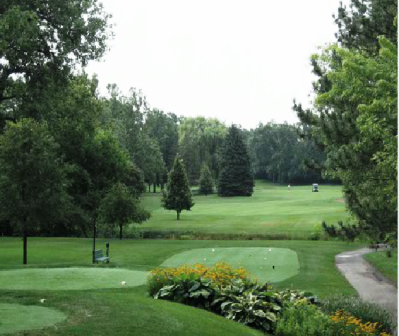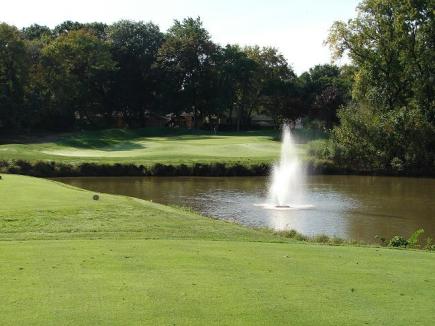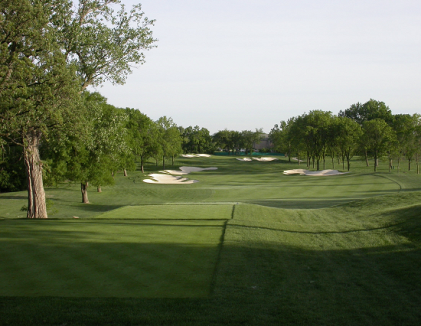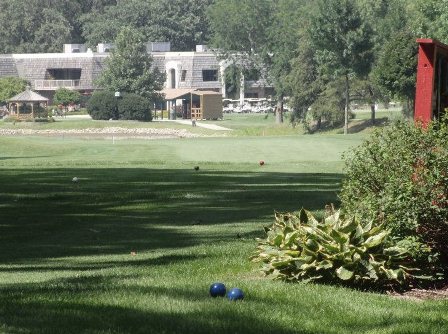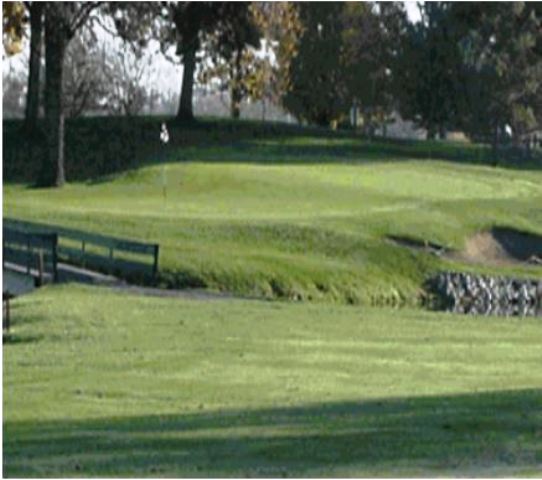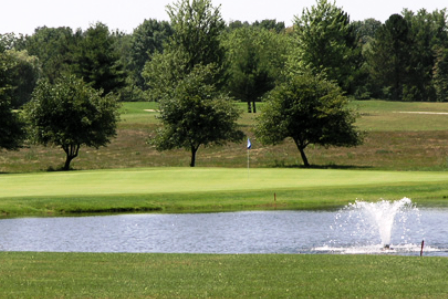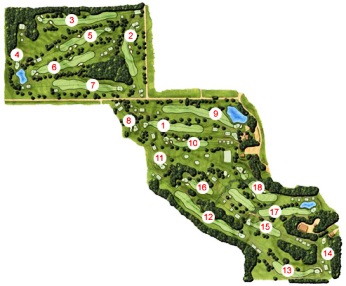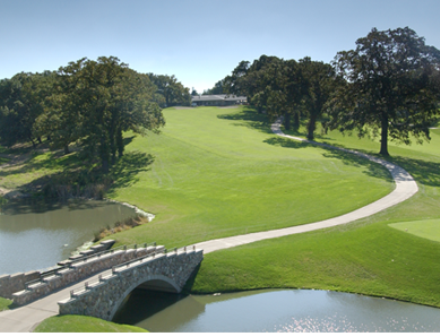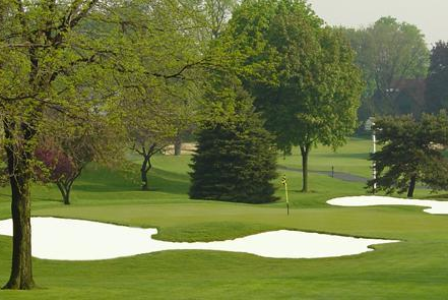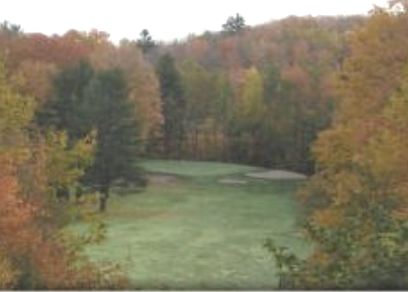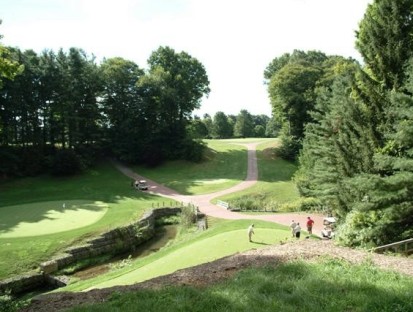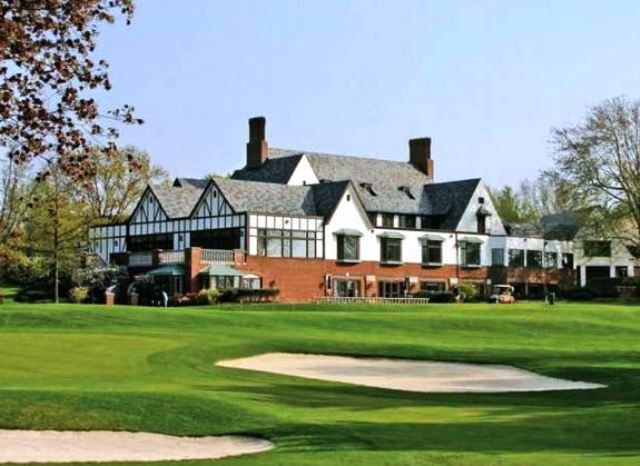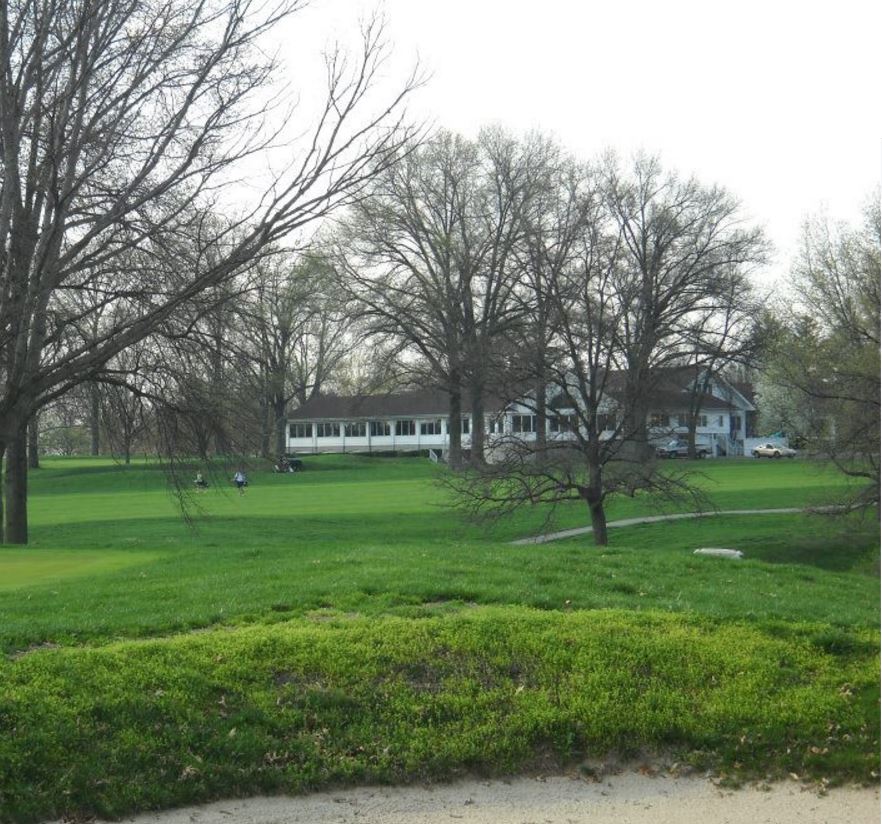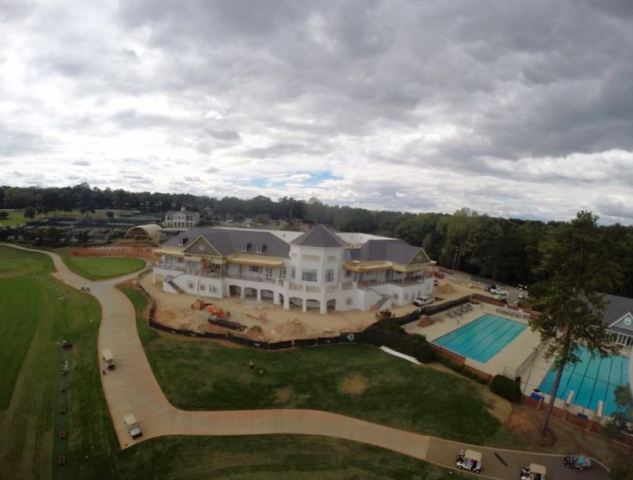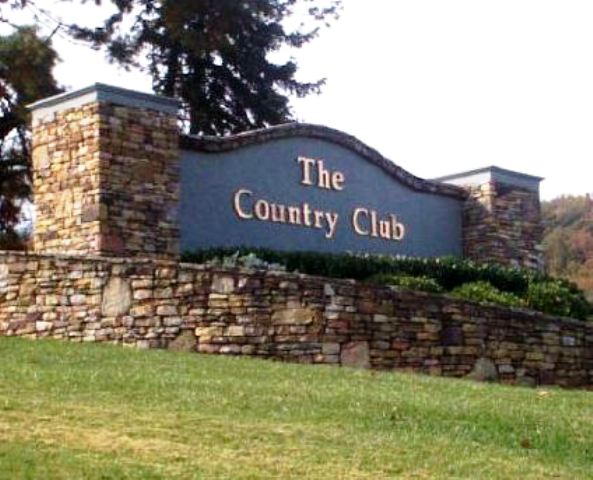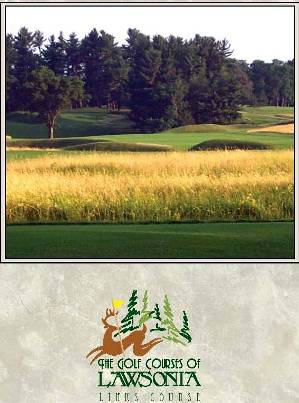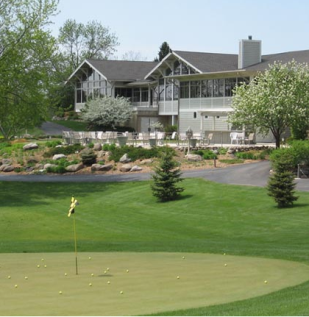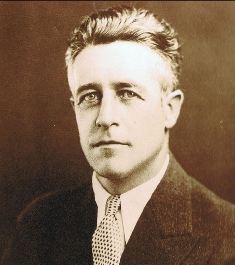
William Bruce Langford
(1887-1977)
Born: Austin, Illinois
Died: Sarasota, Florida at age 89
President: 1963 - 1964, American Society of Golf Course Architects
Langford was a member of the 1906, 07 and 08 Yale University NCAA Golf Championship teams. After earning his BA at Yale, he went to Columbia where he obtained a Masters in engineering. He then returned to Chicago and worked as an architect for American Park Builders, In 1918, he partnered with Theodore J. Moreau to form a golf course design business.
Some have suggested that his course design work was heavily influenced by his exposure to the work of MacDonald beginning with the National Golf Links of America. Others have pointed specifically to Raynor%u2019s work at Chicago Golf Club since it was in Langford's hometown. No matter if any particular course influenced him Langford's work certainly is reminiscent of Seth Raynor, Charles Banks, and Charles B. Macdonald.
William Langford and Theodore Moreau design partnership started in Chicago in 1918 went on to build dozens of courses throughout (primarily) the Midwest. The left a legacy of excellence and influence that in particular can be seen in the work of Pete and Alice Dye.
His work is unmistakable particularly when he used very muscular forms to emphasize a green site or a bunker location. His boldly contoured plateau greens stand out in golf course architecture for their scale and when defended by deep bunkers became intimidating and beautiful at the same time. What makes the green sites so incredible is how he softened his transitions more than Raynor, which made his green sites blend in better with the surroundings.
His routings were inspired in the way he would identify the most interesting land for fairways and have the holes tumble up and down the landscape until they would end at either a natural green site or one that he would create. He incorporated ravines, hilltops, and valleys but could also create features that were just as interesting. One particularly effective technique of his was to use bunkers to curve the fairway back and forth like to create very strategic holes, where a player was asked to consider working the ball both directions to succeed.
The most significant characteristic of his work was the monumental scale he used and how appropriate it was for the midwest landscape. Where he worked with large open sites, he produced features large and powerful enough to compete with the long views and the endless horizon.


